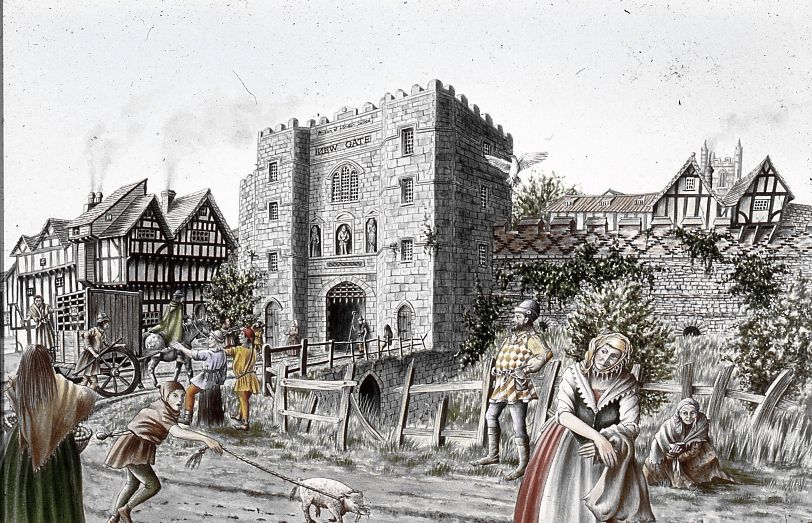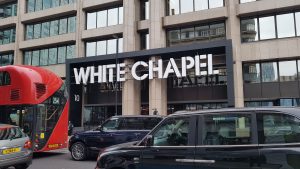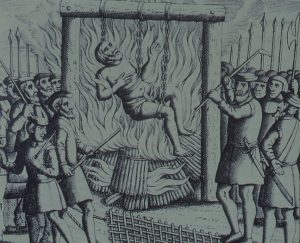Bermondsey – Archaeology & History. 2.30 Feb 22 2020
Bermondsey Tube
Bermondsey has a fascinating history which can be traced back to important prehistoric discoveries. It was home to one of Britain’s leading Monasteries, and was, for a time, fashionable. But as London swallowed it up, it became a very polluted and over-crowded industrial area. It was an important part of Britain’s economy and saw the invention of the tin can. It also housed the largest hat making and leather working factories in the world. Of course it attracted the attention of Dickens and it is here that the devilish Bill Sykes met his end.
Although parts of Bermondsey have become fashionable again much of its heritage and charm remain intact which will make a pleasant afternoon stroll.
This is a London Walks Guided Walk by Kevin Flude

 17th century it welcomed Jewish refugees particularly from Russian, and in the 19th Irish, and exiles joined in.
17th century it welcomed Jewish refugees particularly from Russian, and in the 19th Irish, and exiles joined in. on Saturday, November 30.
on Saturday, November 30.